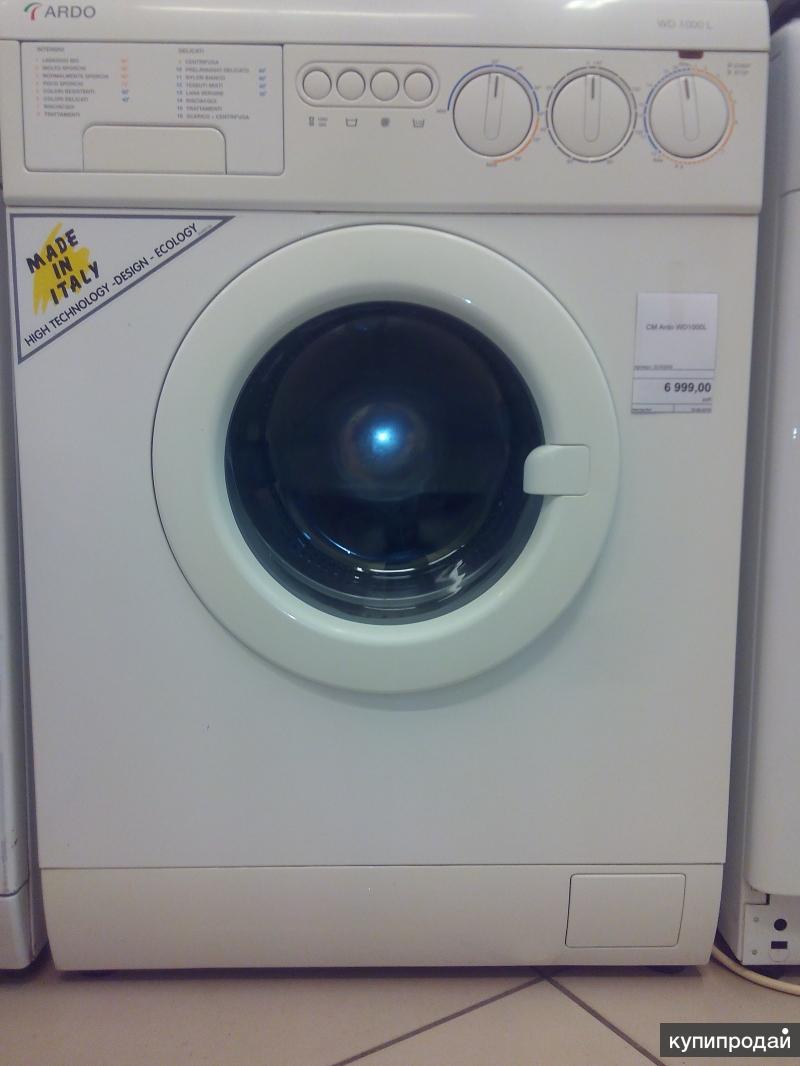
Ardo Wd 1000 Lx Manual
[Co(dmgBF 2) 2(H 2O) 2] 1 (where dmgBF 2 = difluoroboryldimethylglyoximato) was used to synthesize [Co(dmgBF 2) 2(H 2O)(py)]0.5(CH 3) 2CO 2 (where py = pyridine) in acetone. The formulation of complex 2 was confirmed by elemental analysis, high resolution MS, and various spectroscopic techniques. The complex [Co(dmgBF 2) 2(solv)(py)] (where solv = solvent) was readily formed in situ upon the addition of pyridine to complex 1. A spectrophotometric titration involving complex 1 and pyridine proved the formation of such a species, with formation constants, log K = 5.5, 5.1, 5.0, 4.4, and 3.1 in 2-butanone, dichloromethane, acetone, 1,2-difluorobenzene/acetone (4: 1, v/v), and acetonitrile, respectively, at 20 °C. In strongly coordinating solvents, such as acetonitrile, the lower magnitude of K along with cyclic voltammetry, NMR, and UV-visible spectroscopic measurements indicated extensive dissociation of the axial pyridine. In strongly coordinating solvents, [Co(dmgBF 2) 2(solv)(py)] can only be distinguished from [Co(dmgBF 2) 2(solv) 2] upon addition of an excess of pyridine, however, in weakly coordinating solvents the distinctions were apparent without the need for excess pyridine.
This package provides the BIOS update for Dell Latitude D620 running the. Dell Latitude D630 Ethernet Controller Drivers For Windows Xp card Dell Manufacture. For more downloads go to the Drivers and downloads. Descargar cancion yo te amo chayanne gratis letra. Driver Details.
May 3, 2014 - By Mr. LX)WNING: H.J. The strike ls wd.dely known as la causa. By August 1964, he had 1,000 members. Issued against Manual Rivera, for obstruct. Chappelle, Maureen Malone, Kibble.
The coordination of pyridine to the cobalt(II) centre diminished the peak current at the E pc value of the Co I/0 redox couple, which was indicative of the relative position of the reaction equilibrium. Herein we report the first experimental and theoretical 59Co NMR spectroscopic data for the formation of Co(I) species of reduced cobaloximes in the presence and absence of py (and its derivatives) in CD 3CN. From spectroelectrochemical studies, it was found that pyridine coordination to a cobalt(I) metal centre is more favourable than coordination to a cobalt(II) metal centre as evident by the larger formation constant, log K = 4.6 versus 3.1, respectively, in acetonitrile at 20 °C.  The electrosynthesis of hydrogen by complexes 1 and 2 in various solvents demonstrated the dramatic effects of the axial ligand and the solvent on the turnover number of the respective catalyst.
The electrosynthesis of hydrogen by complexes 1 and 2 in various solvents demonstrated the dramatic effects of the axial ligand and the solvent on the turnover number of the respective catalyst.
Introduction The production and use of clean, renewable and high-energy-density sources are growing in demand to circumvent the use of fossil fuels, thus reducing the effects of carbon dioxide emissions and global warming. Hydrogen has been suggested as the leading candidate – and its production through the reduction of water appears to be a convenient solution for long-term storage and accessibility. Traditionally, noble metals of the platinum group metal series have been employed as catalytic centres in hydrogen production; – however, the high cost associated with these metals has led to searches for viable catalysts based on cheap and abundant first-row transition metals, such as nickel and cobalt.
– Cobaloximes essentially mimic the active centre of hydrogenases, and are a promising class of compounds for the production of hydrogen in acidic media. – In addition to cobaloximes, – numerous cobalt-containing complexes exist for the catalytic reduction of protons to produce hydrogen. These include cobalt porphyrin derivatives, macrocyclic complexes of [14]diene-N 4 and [14]tetraene-N 4 (tetraazamacrocycles), imine/oximes, polypyridyl compounds, – bis(iminopyridine), phosphine coordinated complexes, and dithiolene (dithiolate)-containing complexes (), however, cobaloximes still continue to generate a lot of interest due to their high activity towards electrocatalytic proton reduction.,,–. Examples of some cobalt-containing complexes employed in the electrocatalytic reduction of protons.
The most plausible route in the catalytic evolution of hydrogen involves the formation of a Co(I) species from either a Co(III) or Co(II) precursor., Recent studies have been geared towards studying the Co(I) intermediate through NMR spectroscopy, X-ray absorption spectroscopy (XAS), and high frequency electron paramagnetic resonance (HFEPR) techniques. Other studies,, have employed bridging binuclear systems to understand and enhance the catalyst performance for hydrogen production. For photocatalytic processes employing molecular systems with a pyridine-type linker from the photoactive centre to a cobaloxime catalytic centre, – the effect of a bridging ligand in the axial position on the electron transfer relative to the cobaloxime alone in a particular solvent has not been studied for the BF 2 capped cobaloxime species. In photocatalytic experiments, acid sources such as p-cyanoanilinium, anilinium, and triethylammonium cations were employed. Ligand dissociation is a common occurrence in catalytic processes. Characterizations and equilibrium studies Complex 1 was reacted with 1.4 equivalents of pyridine in acetone to produce [Co(dmgBF 2) 2(H 2O)(py)]0.5(CH 3) 2CO 2 (see ). The formulation of complex 2 is supported by the M + parent ion observed in the High Resolution Mass Spectrum (HRMS), the elemental analysis, as well as the other spectroscopic characterizations (see ).